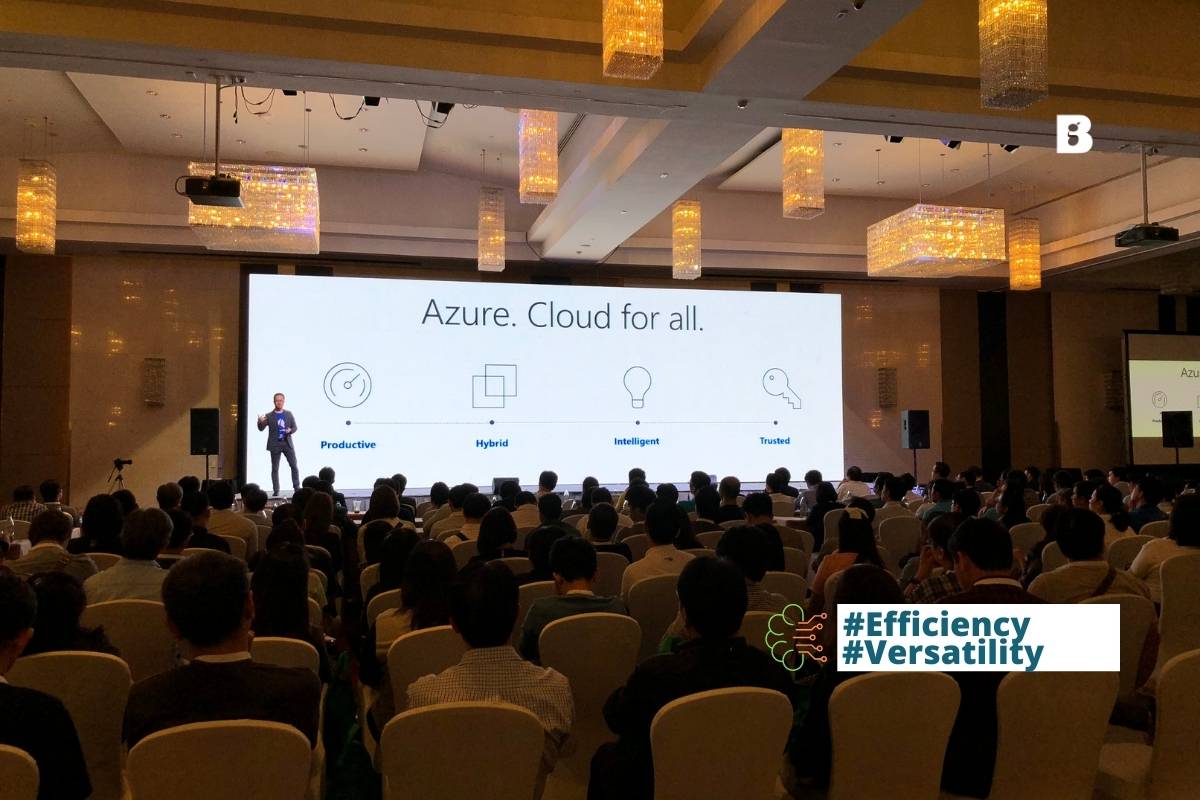Five years ago, Microsoft still did not run some of its major platforms on the Azure cloud. This statement is ironic since Azure is Microsoft’s proprietary cloud. Since then, the tech powerhouse has made a significant effort to change the situation, and it is getting close to being able to say all their first-party services, including Office 365, Xbox Live, and Bing, are running on the Azure infrastructure.
To fully comprehend what this means for Microsoft and businesses everywhere, we decided to go back to the beginning of the Azure transition and walk through the process step-by-step, so we can grasp a clear picture of how it applies to your company’s success.
Ladies and gentlemen, the Azure history.
Going Back to the Beginning; The Azure history
There are many reasons why Microsoft wanted to complete this transition in the first place. The long-term plan, established in 2011, was to move Office 365 to Azure. Other services like Bing and Xbox Live were supposed to remain the current datacenter because they were considered “legacy.” But Microsoft changed plans.
Office 365 is still being transitioned while most Microsoft services such as Teams, SharePoint Online, Office Online, and Xbox Live run on Azure infrastructure.
The CloudOptimal Program
In 2016, Microsoft initiated the CloudOptimal program to help continue the moving process. The CloudOptimal initiative is an internal Microsoft effort tasked with getting all of Microsoft’s services on Azure. The CloudOptimal program’s mission was to migrate and run all first-party services on Azure.
New services at the time, like Teams, Windows Virtual Desktop, and the xCloud gaming service, were built from their inception to run on Azure. But some more extensive legacy services like Exchange Online were not developed for this infrastructure and needed to be migrated.
According to an Azure program manager’s LinkedIn profile, “This effort has helped move the needle towards our long-term vision to converge Microsoft’s fragmented infrastructure, generate new capabilities for Azure, and provide reductions in COGS (cost of goods sold).” He continued, “This impacts Microsoft’s bottom line across all three segments as reported in the quarterly earnings.” This statement helps outline the purpose of this significant endeavor.
What is the Purpose?
Microsoft knows there is a longer-term payoff for moving more of its cloud services to Azure. In theory, Microsoft should be able to see a reduction in overhead costs in hardware purchases and software and servicing due to having a common cloud back-end in tandem with various existing and new services. A common cloud infrastructure enables Microsoft and others to build new products, meet specific compliance needs, take advantage of cross-cloud structures, scale more quickly, and save money.
Running Your Business on Azure
An issue many businesses face is scattered cloud services. This challenge is common among companies that are scaling and building infrastructure rapidly instead of following a roadmap. This practice can affect the effectiveness and efficiency of your company’s operations. By moving all your cloud services to a common cloud, your business could reap many of the same benefits as Microsoft.
Benefits for Your Company
More efficient operations and increased organization are not the only benefits your company may reap from adopting an Azure custom cloud infrastructure— the other benefits are versatility, international outreach, and cost-effectiveness.
There are proven combinations of Azure services, connected products, and third-party applications that enable you to build a flexible framework that works best for your organization.
The flexible framework goes beyond functionality, offering adjustable pricing tiers that can be changed at any time, allowing your company to leverage what you already have while reaping the benefits of innovation. The dynamic Azure infrastructure allows even the smallest business to have the geographical reach of much larger enterprises without increasing complexity.
Build Up Your Infrastructure– Together
It can seem like a daunting challenge to build out and build up your cloud infrastructure, but it does not have to be. Partnering with a team of experts can make all the difference in the design, implementation, and management of your company’s cloud.
As a Microsoft Gold Partner, Bauen Solutions uses the Microsoft Azure platform to help you make your vision a reality. Bauen’s methodology includes helping you identify your goals, clearly explaining the different cloud offerings, and developing an infrastructure roadmap to best suit your business needs and assist you in reaching your goals.
Bauen works side-by-side with your team to design and implement a custom cloud infrastructure with the services and features vital to your company’s operations. Ultimately, 95 percent of the Fortune 500 is running on the Microsoft cloud, and you can join them.





